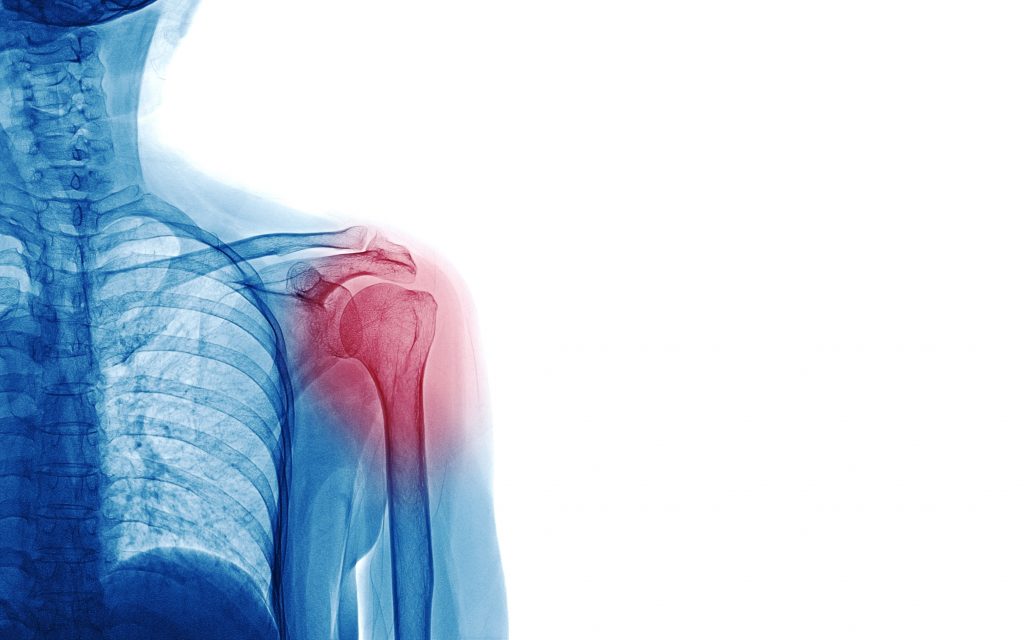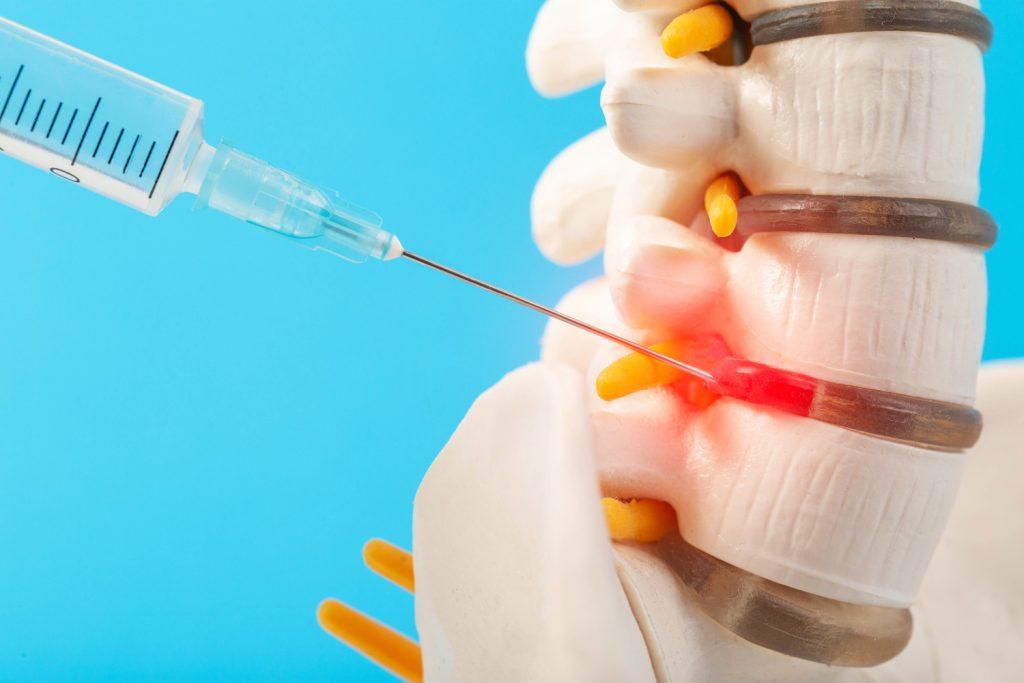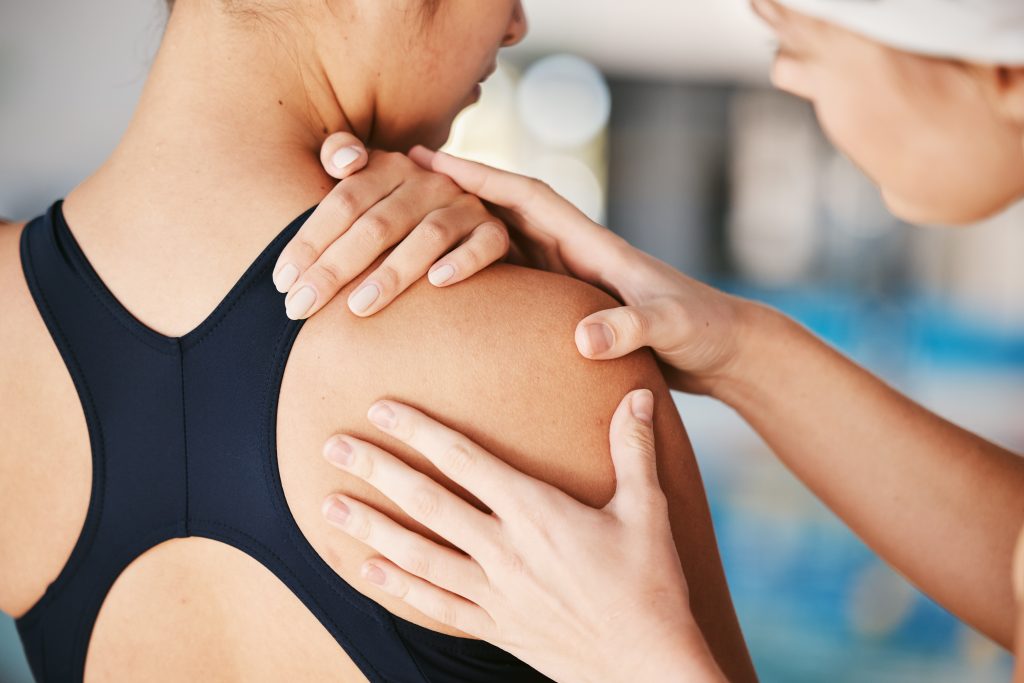Shoulder Surgery: Common Procedures and Rehabilitation

Shoulder surgery is often essential for treating shoulder injuries and conditions, ranging from rotator cuff repair to shoulder replacement.
Before undergoing surgery, patients undergo a comprehensive evaluation and preparation phase, including discussions about anesthesia options.
After surgery, recovery and rehabilitation play a vital role in healing, with awareness of associated risks and complications being significant. Employing proper warm-up techniques, strengthening exercises, and maintaining correct form can help prevent injuries and potentially reduce the likelihood of needing shoulder surgery.
What Is Shoulder Surgery?
Shoulder surgery encompasses a range of procedures aimed at addressing various shoulder joint issues, from rotator cuff tears to labrum injuries. This surgical intervention is crucial for restoring functionality and alleviating pain in patients dealing with shoulder complications.
Arthroscopic procedures, repairs, replacements, and stabilization surgeries are common forms of shoulder surgery.
- Arthroscopic surgery involves using a small camera to guide the procedure with minimal invasion.
- Repairs are often done for torn tendons or ligaments.
- Replacements replace the damaged joint with artificial components.
- Stabilization surgeries help prevent recurrent dislocations.
Common conditions necessitating shoulder surgery include osteoarthritis, fractures, and frozen shoulder.
Addressing these issues through surgery is essential for improving the patient’s range of motion, strength, and overall quality of life.
What Are The Common Shoulder Surgery Procedures?
Rotator Cuff Repair: Rotator cuff repair is aimed at mending torn tendons in the shoulder, usually due to injury or overuse. Surgeons use minimally invasive arthroscopic techniques to access and repair the damaged tendon, leading to faster recovery and improved strength and function. Rehabilitation post-surgery is crucial for rebuilding shoulder strength and flexibility through tailored exercises and physical therapy.
Shoulder Replacement: Shoulder replacement involves replacing damaged shoulder joint parts with artificial components to relieve pain and restore function. Total shoulder replacement and reverse shoulder prosthesis are standard procedures, depending on the patient’s condition. Rehabilitation following surgery is essential to regain shoulder strength and mobility.
Labrum Repair: Labrum repair targets the cartilage lining the shoulder socket to restore joint stability and prevent recurrent dislocations. Surgeons repair or reattach the torn labrum using specialized techniques, such as SLAP repair or procedures for Bankart instability. Postoperative rehabilitation focuses on promoting healing and restoring shoulder function through physical therapy.
Shoulder Arthroscopy: Shoulder arthroscopy is a minimally invasive technique used to diagnose and treat various shoulder joint conditions, including rotator cuff tears, impingement syndrome, and labral tears. Surgeons use small incisions and specialized instruments to visualize and address issues within the shoulder joint, leading to faster recovery and reduced post-operative pain compared to open surgeries.
What To Expect Before Shoulder Surgery?
Before shoulder surgery, patients undergo a thorough pre-surgery evaluation to assess their overall health and suitability. This evaluation considers factors like medical history, medications, and underlying health conditions to ensure readiness for surgery. Discussions about anesthesia options, including general anesthesia, regional anesthesia, or nerve block catheters, are essential for patient comfort and safety during surgery.
Preoperative rehabilitation exercises to improve shoulder strength and flexibility are also recommended to enhance recovery and minimize post-operative complications. Education and mental preparedness are crucial in preparing patients for surgery, ensuring they understand the procedure, expected outcomes, and potential risks. Lifestyle adjustments may be necessary to optimize recovery outcomes.
What To Expect After Shoulder Surgery?
Following shoulder surgery, patients undergo a recovery period involving specific timelines for healing, post-surgery rehabilitation, and pain management. Initial recovery phases may include symptoms like swelling and discomfort, managed with prescribed medications. Adherence to physical therapy exercises is crucial for improving shoulder strength and flexibility, preventing muscle atrophy, and enhancing overall functional recovery.
Recovery times vary depending on the procedure and individual factors. Rehabilitation programs are tailored to each patient’s needs to restore range of motion and muscle strength. Effective pain management strategies, including nerve block catheters and targeted medications, ensure patient comfort and facilitate rehabilitation.
These approaches and non-pharmacological techniques contribute to improved satisfaction and faster recovery rates post-surgery.
What Are The Risks And Complications Of Shoulder Surgery?
While shoulder surgery is generally safe and effective, there are inherent risks and potential complications associated with these procedures. Proper management of complications and adherence to postoperative care guidelines are essential for achieving favorable long-term outcomes.
One of the common risks of shoulder surgery is infection, which can occur postoperatively and require prompt treatment with antibiotics. Nerve damage is another potential complication that may result in weakness or numbness in the affected arm.
Joint stiffness is frequent following shoulder surgery, leading to a reduced range of motion and functional limitations. Physical therapy is crucial in preventing and addressing these complications by promoting proper healing and restoring strength.
How To Prevent Injuries And Avoid Shoulder Surgery?
Engaging in proper warm-up and stretching exercises before physical activities is crucial for preparing the shoulder muscles and joints to prevent injuries. Arm circles and shoulder rolls are practical warm-up exercises that mobilize the shoulder joints and loosen up the muscles.
Overhead shoulder stretches and doorway stretches target the shoulder muscles and ligaments, helping improve joint mobility and reduce stiffness. Resistance band exercises, such as shoulder external rotation and shoulder flexion stretches, can strengthen the rotator cuff muscles and stabilize the shoulder joint, enhancing muscle readiness and preventing injuries.
Strengthening exercises like shoulder presses and external rotations enhance shoulder stability, muscle strength, and joint functionality. Maintaining proper technique and form during physical activities is essential for preventing shoulder injuries and strain. Practicing correct form consistently is crucial for long-term shoulder health and injury prevention.
Warning: urlencode() expects parameter 1 to be string, array given in /www/wwwroot/surgeryconsultantsofflorida.com/wp-includes/formatting.php on line 5693

